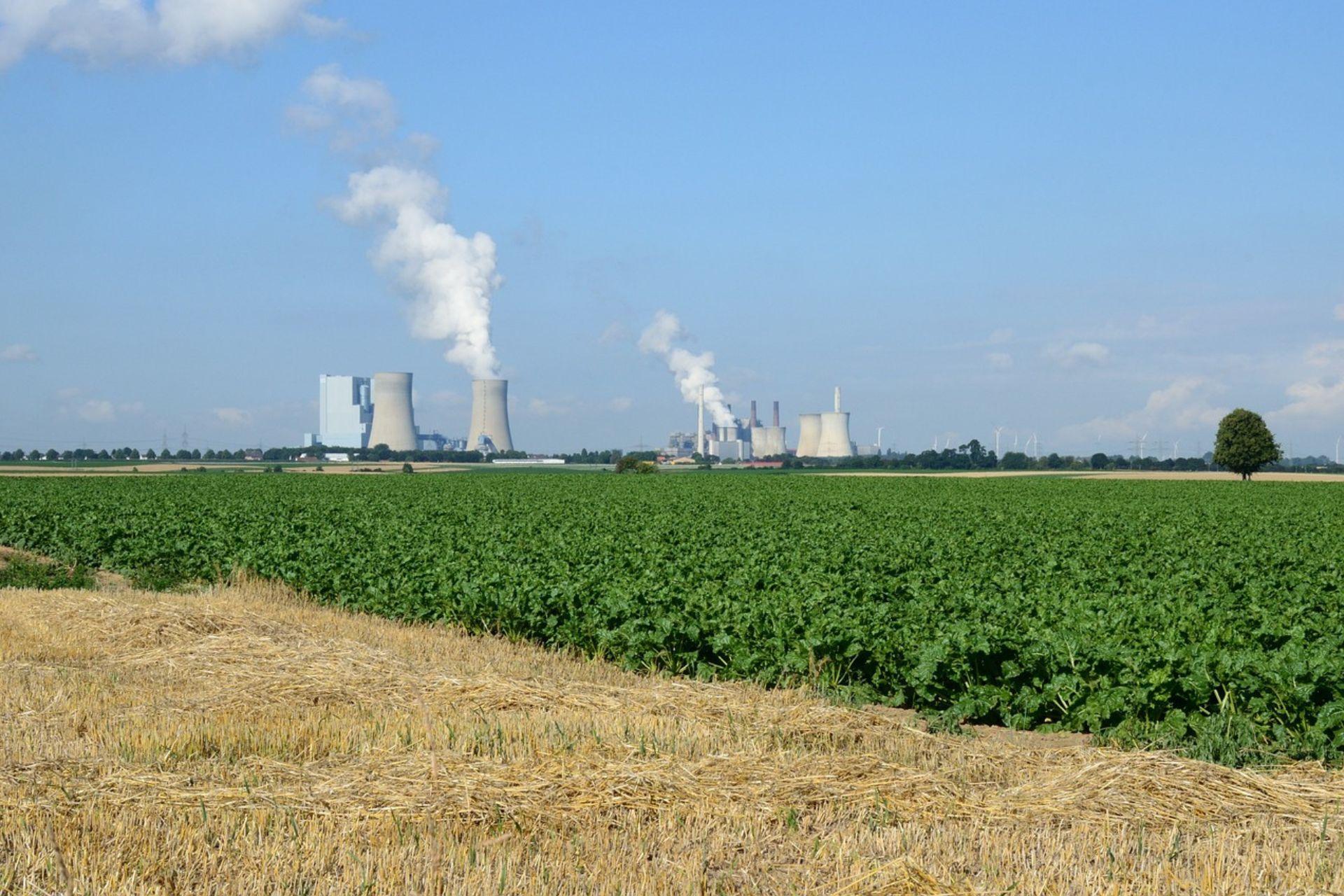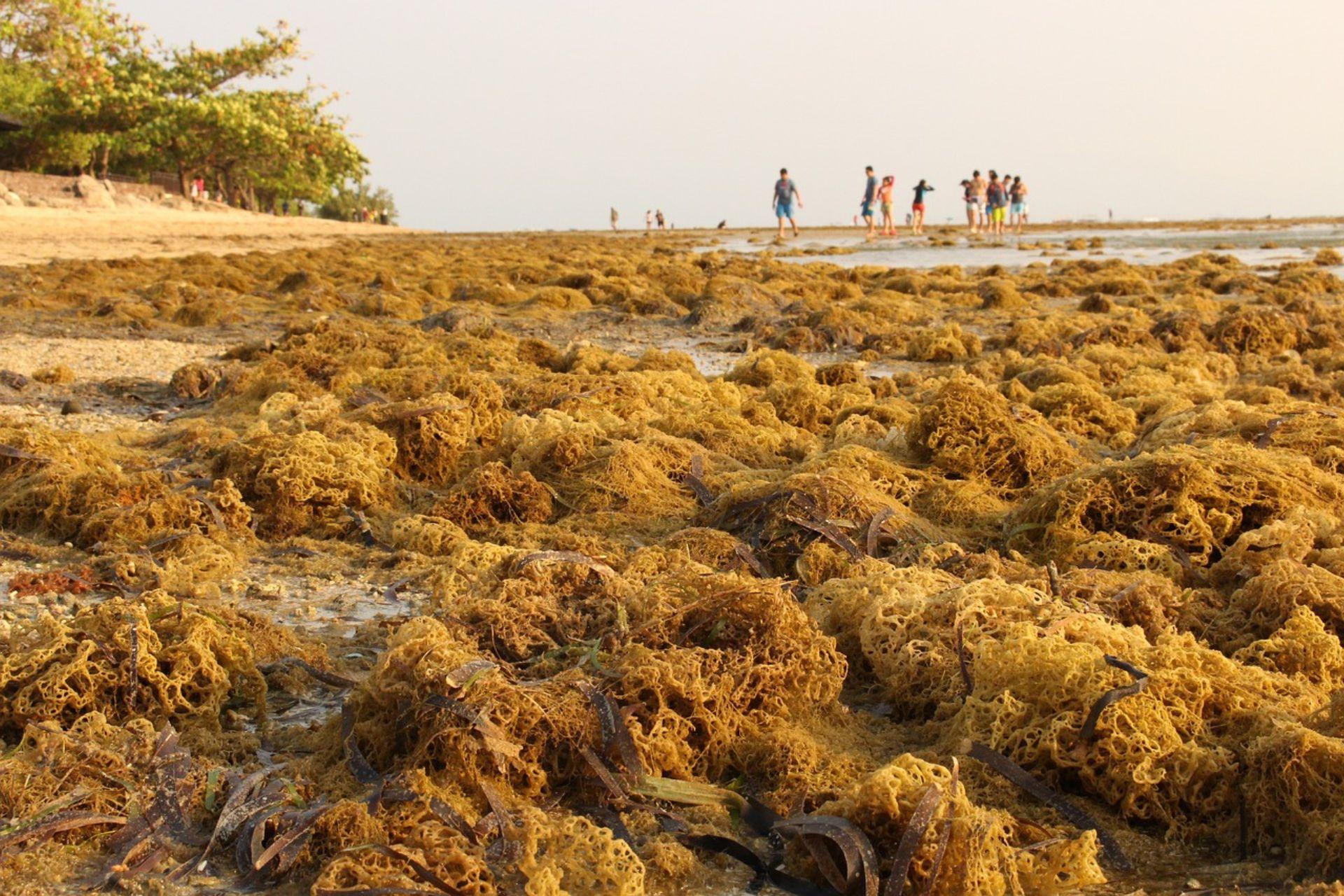
European Nature Restoration Law: action or contradiction?
The European Union recently introduced the Nature Restoration Law, promoted as a historic breakthrough for the protection of ecosystems and biodiversity. But how much of this initiative is feasible and how much is pure contradiction?
Many citizens wonder about the actual will of the EU to implement concrete measures for the restoration of nature. While the proclamations are ambitious, doubts arise as to the real will and, above all, the actual possibility of turning these words into tangible deeds.
In this article, we will uncover the details of the law, analysing the shortcomings and obstacles to its effectiveness, with the aim of offering a critical and informed view of this new legislation.
What the Nature Restoration Law is and what it provides for
The Nature Restoration Act, proposed by the European Union, stands as one of the most ambitious legislative initiatives to tackle environmental degradation and biodiversity loss on the continent. The main objective of the law is to restore damaged ecosystems, protect endangered species and ensure a sustainable future for future generations.
The legislation provides for a number of measures including protecting natural ecosystem services, crop pollination, flood protection, limiting global warming to 1.5°C, preventing natural disasters and reducing food security risks.
The regulation provides for an overall restoration target for the long-term restoration of nature in the EU's terrestrial and marine areas, with specific binding targets for habitats and species. By 2030, these measures should cover at least 20 per cent of the EU's terrestrial and marine areas, and by 2050, all ecosystems in need of restoration.
Field of application of Nature Restoration Law
The specific objectives of the Nature Restoration Law include:
- increase species populations in wetlands, forests, grasslands, rivers and lakes, heaths and scrub, rocky habitats and dunes;
- reversing the decline of pollinator populations by 2030, with an increasing trend in populations and a methodology for their regular monitoring;
- increase dead wood, uneven-aged forests, forest connectivity, forest birds and organic carbon stocks in forest ecosystems;
- no net loss of urban green spaces and tree cover by 2030, with an increase in their total area from 2030;
- increase in prairie butterflies and farmland birds; increase in the stock of organic carbon in crop mineral soils and the share of farmland with high diversity landscape characteristics; restoration of drained peatlands under agricultural use;
- restoration of marine habitats such as seagrass beds or sedimentary seabeds, bringing climate change mitigation benefits and restoring habitats of iconic marine species such as dolphins, porpoises, sharks and seabirds;
- identification and removal of barriers preventing surface water connectivity, with the goal of restoring at least 25,000 km of rivers to free-flowing status by 2030.
The EU's contradictions in protecting ecosystems
The Nature Restoration Law appears to be a solution, but there are numerous contradictions in EU policies that cast doubt on its real effectiveness. Let us look at some concrete examples that highlight these contradictions.
Agricultural ecosystems and food security
The extension of glyphosate use appears to be in stark contrast to the stated objectives of the Nature Restoration Law. Despite scientific evidence linking this herbicide to serious environmental impacts and risks to human health, the EU has extended its authorisation until 2033.
Two months after the extension of glyphosate, here is the withdrawal of the proposal on the reduction of pesticides (Sur). If the EU is so committed to restoring nature, why does it still allow the use of harmful substances? How can we talk about food security and a sustainable future?
Increasing populations of butterflies, pollinators and birds is also one of the objectives that comes up against a more complex reality. Despite efforts to improve habitats and boost animal biodiversity, environmental pollution is continually expanding.
That is why we keep repeating that only through depollution action is it possible to restore compromised balances and recreate healthy habitats. Acting at the root of the problem and not on its effects.
BioAksxter® formulations are the only technology in the world capable of depolluting environmental matrices of all kinds and restoring nature, starting with agriculture.
Renewable energies
Another area of contradiction concerns the EU's energy policies. While promoting the adoption of renewable energy and the reduction of carbon emissions, the EU continues to support the extraction and use of fossil fuels. For example, the policy of some member states to continue using coal as an energy source goes against climate change mitigation goals. Perhaps the EU thinks that coal can become a green resource over time?

Forest ecosystems
As far as forestation is concerned, the European Union is blatantly ignoring a pest that is devastating European forests: the bark beetle. This beetle, which feeds mainly on spruces, but also on larches, silver firs and Scots pines, is causing extensive damage, reducing many hectares of European forest (northern Italy, Austria, Germany, Switzerland, the Czech Republic and Poland). The management of the bark beetle seems to be a neglected detail in forestation projects, as if the elimination of a destructive pest was not important for securing the future of new forest plantations.
Marine ecosystems
What about marine habitats? This goal remains incomplete until the pollution of the sea is addressed. One example is the problem of microplastics in the seas, fragments that contaminate the water and enter the food chain. Without a concrete plan to reduce and manage plastic pollution, promises of a cleaner, healthier ocean remain just fine words without substance. And if the sea is already a huge plastic dump, what future can we expect?
Not to mention the phenomenon of water eutrophication, another form of water pollution caused by a high presence of nutrients (such as nitrates and phosphates) used in agriculture, but also from livestock farming (zootechnical discharges), sewage, other domestic sources and industrial activities.

Ecosystem alterations and restoration of equilibrium
The ecosystem is an environment where everything and everyone is connected as in a chain. If one link breaks, the whole chain breaks and, bit by bit, the biological cycle is destroyed. When the environment and the communities that inhabit it ‘work well with each other’, the ecosystem is said to be in balance.
Alterations in the ecosystem, caused by human actions such as the indiscriminate use of pesticides, deforestation and all types of direct pollution, break these essential links, compromising the health of the entire system. Restoring these balances requires real and constant commitment, not just promises or partial measures.
Almen® formulations are the only technology worldwide capable of decontaminating the environment and restoring nature, starting with a direct action on environmental matrices.
So why not repair the ecosystem and ensure a healthy environment for future generations?